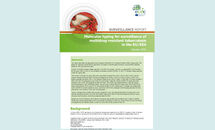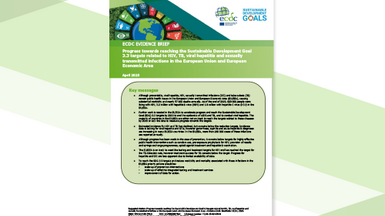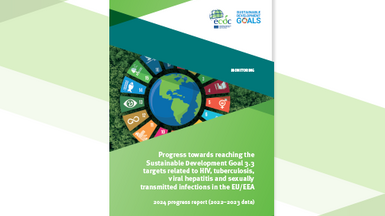Molecular typing for surveillance of multidrug-resistant tuberculosis in the EU/EEA – January 2016
This report describes the geographical and temporal distribution of multidrug-resistant (MDR) tuberculosis (TB) based on molecular typing data as reported by European Union/European Economic Area (EU/EEA) Member States for 2014 and previous years.
Overall, 21 EU/EEA Member States reported 2 416 MDR TB isolates – all with a complete MIRU–VNTR profile – for the years 2003 to 2014 to The European Surveillance System (TESSy). In 2014, 17 Member States reported molecular typing data.
The number of isolates for which data were submitted increased from 238 in 2013 to 360 in 2014, and the typing coverage among all MDR TB strains increased from 16.0% in 2013 to 24.6% in 2014. In 2014, the typing coverage was below 50% in two Member States and at 100% in eight. Of 360 MDR TB strains isolated in 2014, 155 (43.1%) belonged to one of the 35 cross-border molecular clusters of MDR TB strains that were isolated in 2011–2014 and assigned an MtbC15-9 type. The cluster size varied between 2 and 182 strains, involving between 2 and 14 Member States. The two most common MtbC15-9 types were 100-32 and 94-32, which accounted for 33.6% and 23.7% of clustered isolates in 2014, respectively. A lineage was assigned for 70.8% of MDR TB strains isolated in 2014; more than half of them belonged to the Beijing genotype (62.6%), followed by LAM, Haarlem, URAL and TUR genotypes.








